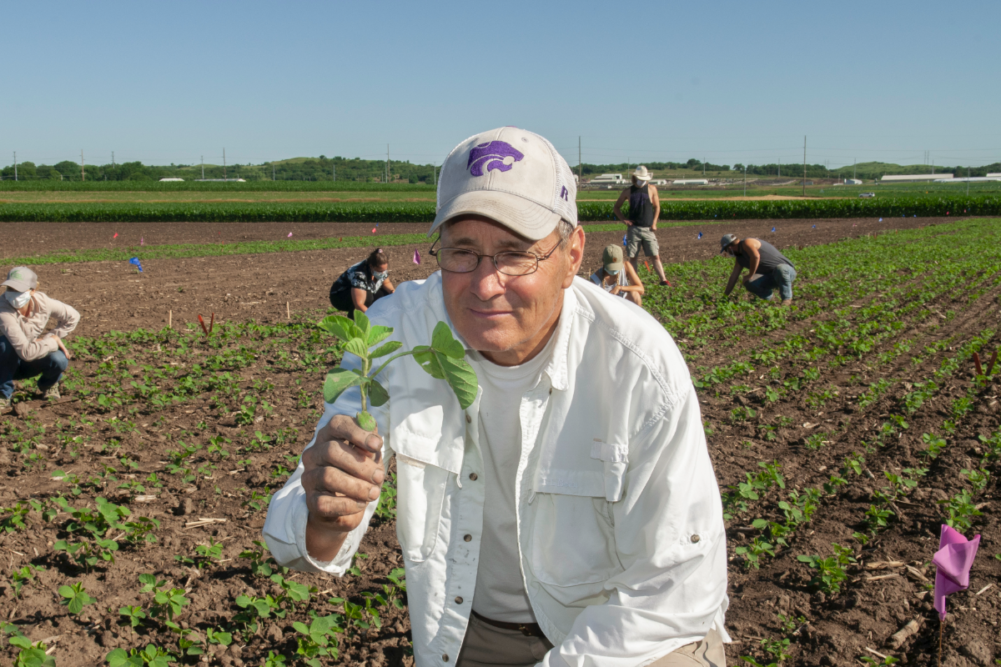MANHATTAN, KANSAS, US — Kansas State University (KSU) researchers are working to create soybean varieties that will better withstand heat stress in the critical post-flowering stage of development.
The research is funded by a $500,000 award from the US Department (USDA) of Agriculture’s National Institute of Food and Agriculture (NIFA).
The team, led by KSU agronomy professor and soybean breeder Bill Schapaugh, is just starting work on a three-year effort. He is working with KSU associate professor and crop physiologist Krishna Jagadish and University of Missouri geneticists Henry Nguyen and Tri Vuong on the project.
“The long-term goal of this research is to strengthen the development of commercial soybean varieties with improved tolerance to heat stress,” said Schapaugh, “We are focusing on post-flowering (the seed-filling stage of development) because environmental stresses, such as heat, tend to have the largest impact on seed yield and seed composition during this period of growth.”
He noted the specific goal is to identify and characterize unique sources of post-flowering heat tolerance in existing soybean germplasm that can be used to develop commercial varieties.
According to KSU, high daytime temperatures during the seed-filling stage of development can negatively impact grain yield which could cause issues as climate models are projecting that US soybean growing regions will not only experience increased mean seasonal high temperatures, but also frequent episodes of high daytime temperature stress.
The projects three objectives include:
- Observing different cultivars’ yield and composition changes during induced heat stress through a process called phenotyping.
- Mapping genomic regions responsible for sustaining yield, seed quality and composition under post-flowering heat stress.
- Validating haplotypes – DNA characteristics that tend to be inherited together with the goal of strengthening breeding efforts to improve soybean resilience under post-flowering heat stress in the future.
To control how much heat and other environmental factors some of the plants are subjected to, the team will grow part of the soybean accessions in eight large tents. Others will be grown outdoors.
In order to control the heat, tents will be placed over the plots that are covered with a clear polyethylene film and air inside the tents will be heated from the sunlight and sensors, and electrically-controlled panels regulate the temperature within the tents during the day.
These heat tents are similar to the ones used by Jagadish’s team to examine heat tolerance in wheat.






